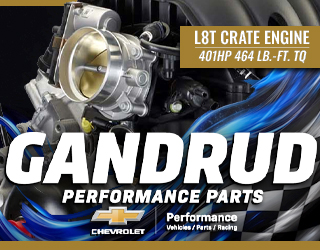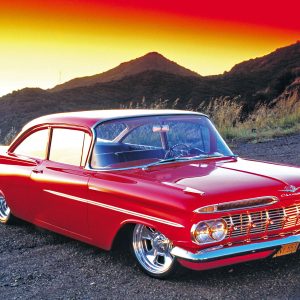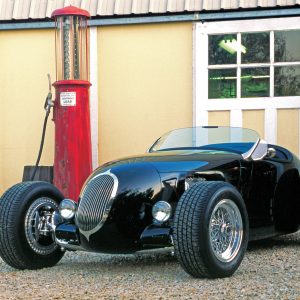Builds
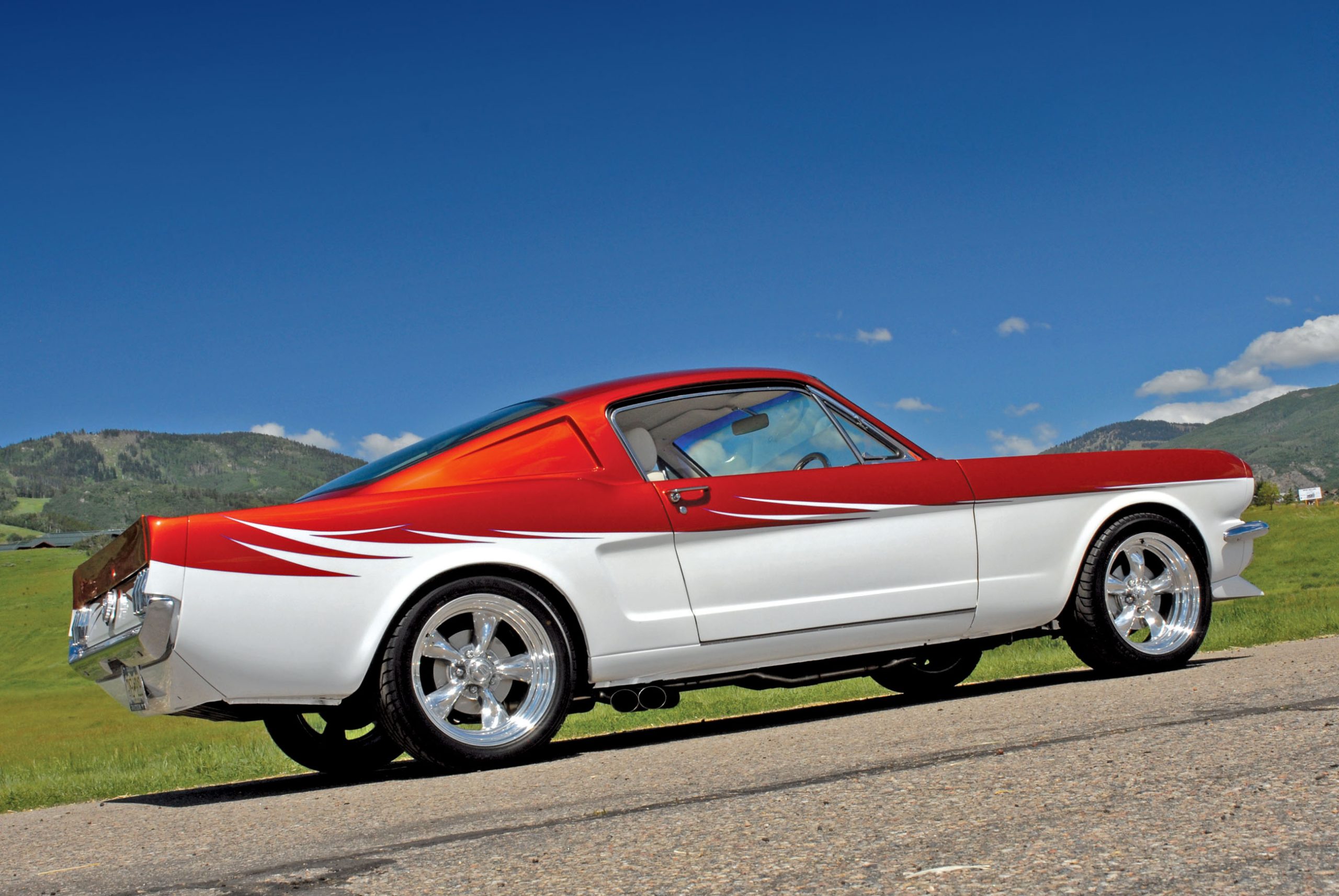
Mustang enthusiasts Tony and Tammy Seader of La Salle, Colorado, have always wanted a classic Mustang fastback, and about three years ago Tony found this ’66 Mustang 2+2 sitting on a used car lot.

Nineteen fifty-eight was certainly a year of change for our nation with the formation of NASA and the launching of the United States’ first spacecraft, Explorer I. This was also a year of jet power, as Douglas introduced the DC-8 that year shortly after Boeing’s 707 went into regular service, offering transatlantic flights between New York and Europe. In addition, Elvis began his service in the U.S. Army.
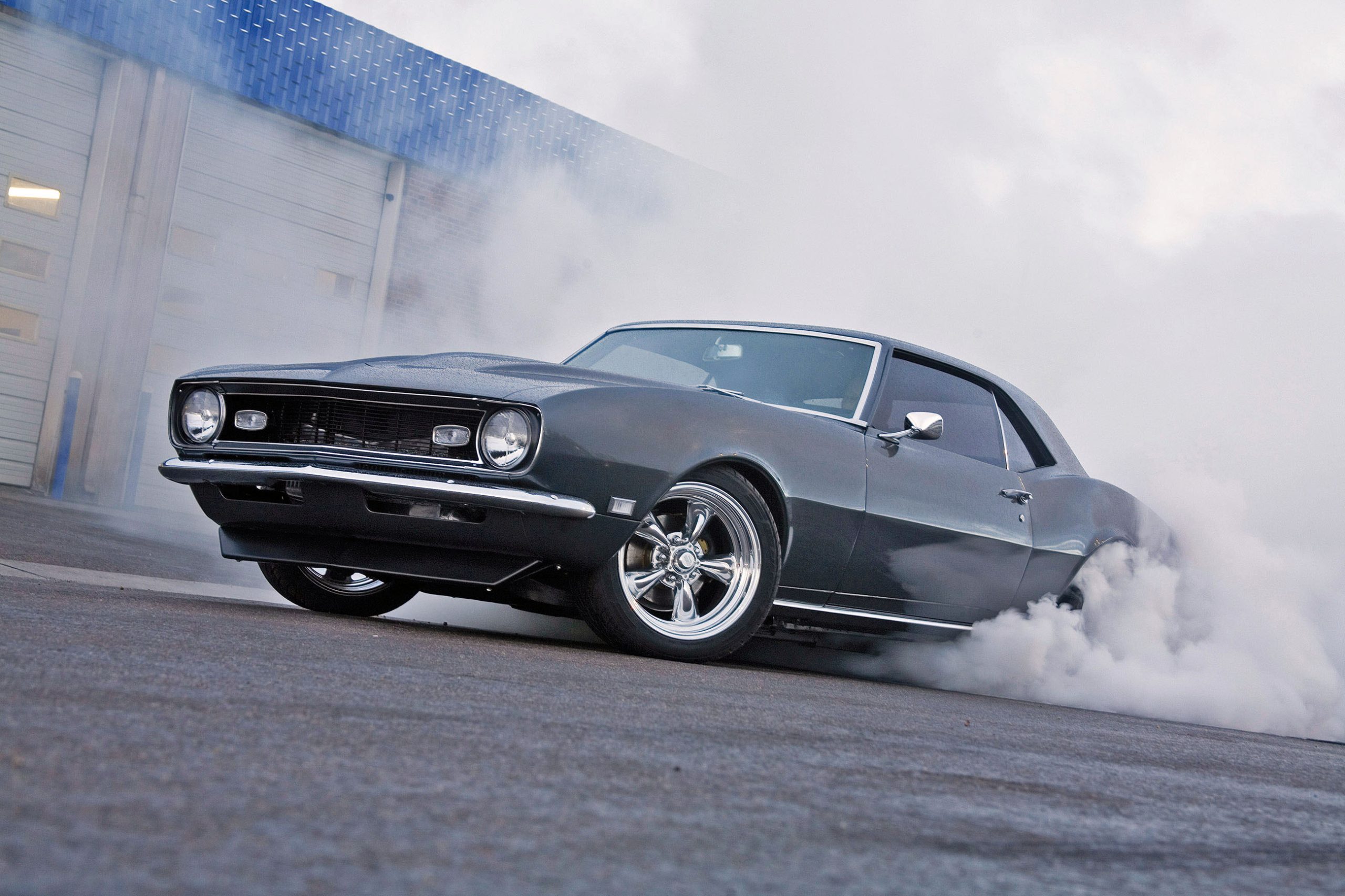
We’ll call Cho’s efforts a modern retro. Much like old heavy-metal bands, classic metal has a timeless appeal, but there’s more—lurking beneath the classic sheetmetal is newfound power that will appeal to both schools of thought; purists will appreciate the clean lines and fastidious restoration, while performance mongers will be delighted to know that the original small block was scrapped in favor of a big block.
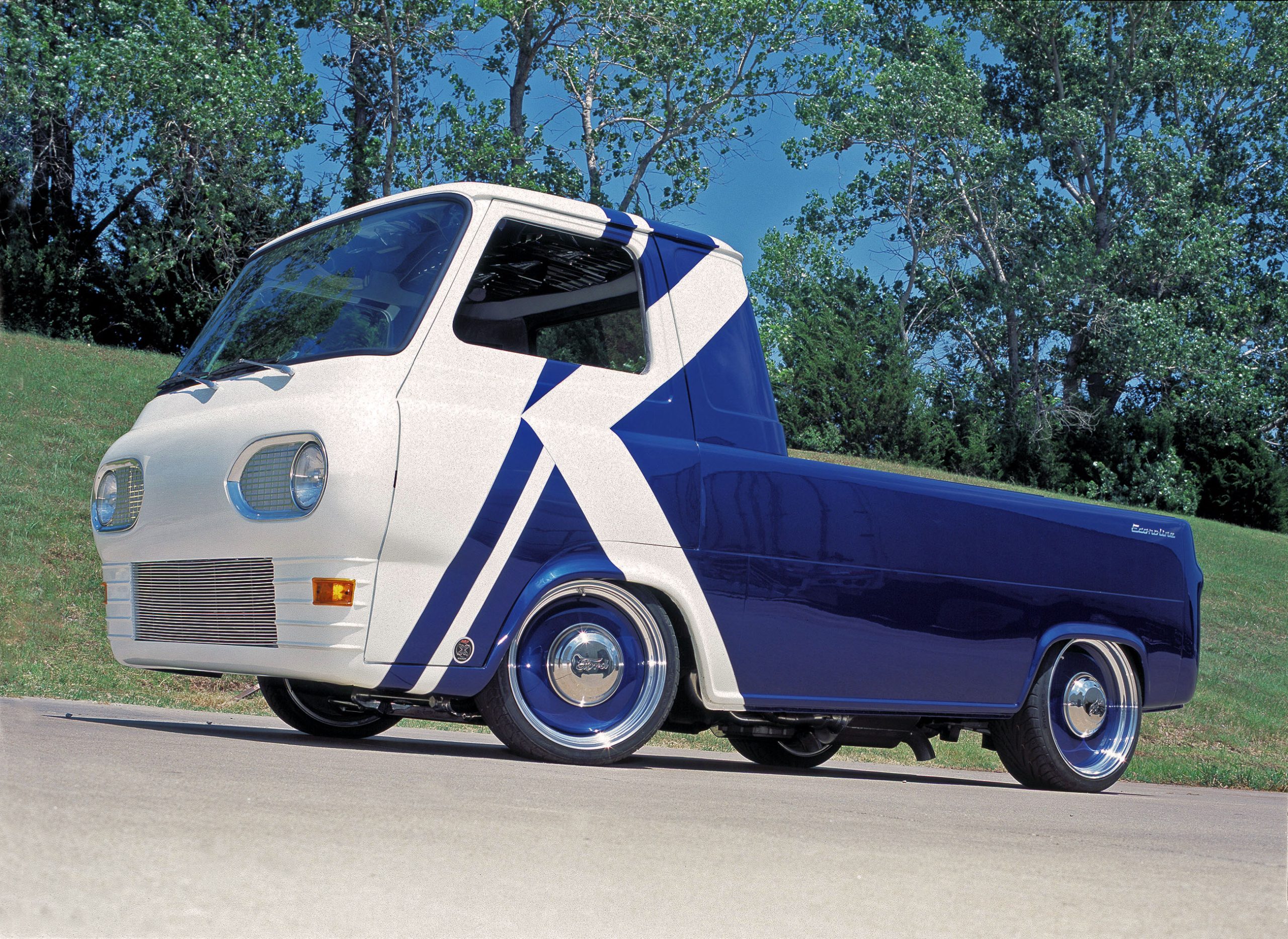
In an unmarked garage in north central Oklahoma (parked next to an original ’70 Boss 429) sat the Econoline. After moving the dead varmint skeletons and wiping off many years of dust, Kirk’s rolling time capsule was ready to see daylight again. Since the 406 Ford FE big block was no longer “politically correct,” a modern powerplant was decided upon.
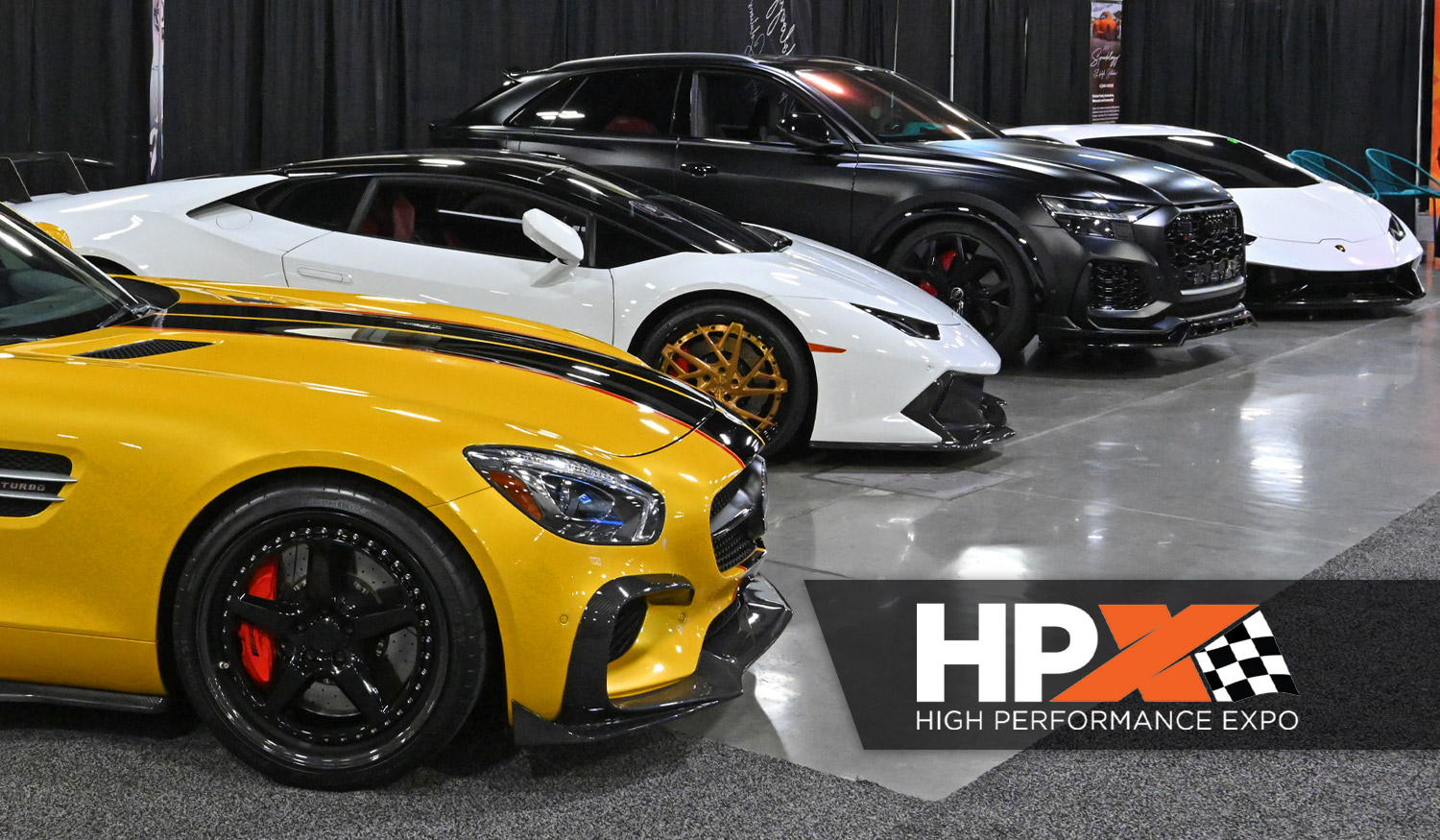
The inaugural High Performance Expo (HPX) made a powerful first impression, drawing industry professionals, builders, and enthusiasts to Charlotte for a three-day celebration of speed, innovation, and craftsmanship. From the packed show floor to live demos and high-profile panels, HPX delivered a dynamic mix of business and culture that felt more like a high-octane festival than a traditional trade show. With standout vehicles from top shops and legacy names alike—including purpose-built drag cars, pro-touring builds, and one-of-a-kind customs—the event proved to be a visual feast for anyone with a passion for performance.

The crowd at HPX 2025 in Charlotte was already buzzing, but when the cover came off Richard Petty’s “Outlawed” Hellcat, the energy hit a whole new gear. Built by Petty’s Garage to honor the 60th anniversary of the legendary street HEMI, this jaw-dropping Dodge Charger is unlike anything else on the road—or the track.

Let’s get one thing out of the way: Toyota ain’t new to motorsports. But this? This is something we didn’t see coming—and we absolutely love it. Welcome to the age of inline-six fury, dragstrip edition. Daren Poole-Adams just lobbed a turbocharged hand grenade into NHRA Stock Eliminator, and it’s got a Supra badge on it.

Jason Whitfield never intended to hot rod a station wagon. It just sort of happened. You see, he had this Mitsubishi Diamante wagon that Rage Performance and NuFormz used as a parts-getter. After a few runs, the guys decided that the car needed some better tunes. As the parts pickup runs got longer, they decided to add TVs. When a few extra parts were lying around—like a Turbonetics T04/T03 turbo and an intercooler—they just sort of made their way onto the car. The parts were already paid for, so why not use them?
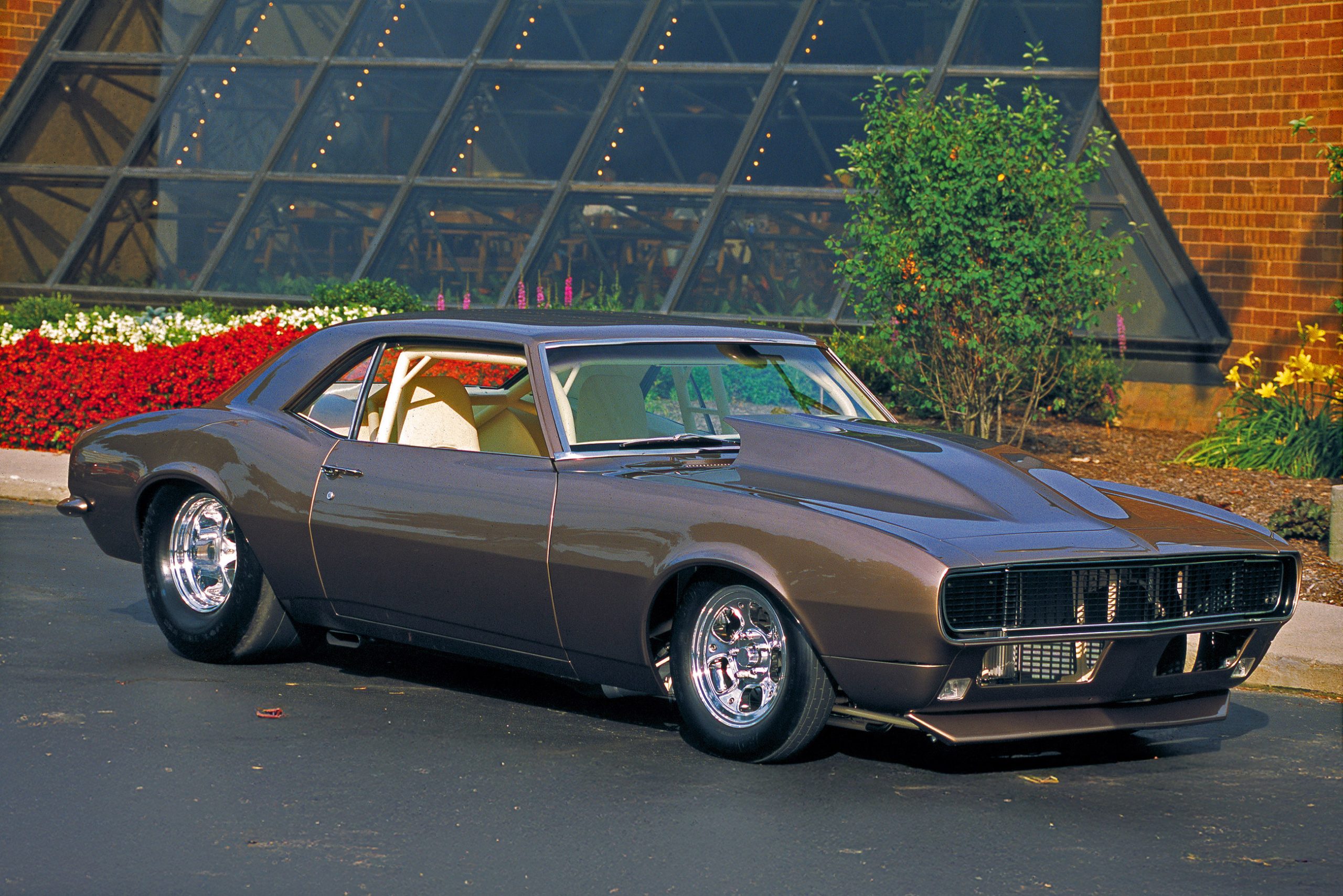
If you ask car enthusiasts to identify their favorite ’60s Chevy, most will say a Camaro. If you want a more specific answer, you probably will get mixed responses between the ’67-’68 models and the ’69. Troy Leiphart is one of those enthusiasts who like the early models, because they are smoother looking than the ’69 and look meaner when done right. That love affair with ’68 Camaros started when he was a kid. His older brother Ernie owned a maroon ’68, and Leiphart thought it was the coolest car around. After awhile, money got tight for Ernie, so Leiphart purchased the car from his brother. Leiphart drove the cool Camaro with much pride, fixed it up and spent time at the drag races, where the car did well. Eventually the engine blew and he couldn’t afford to fix it, so he sold the car back to his brother.
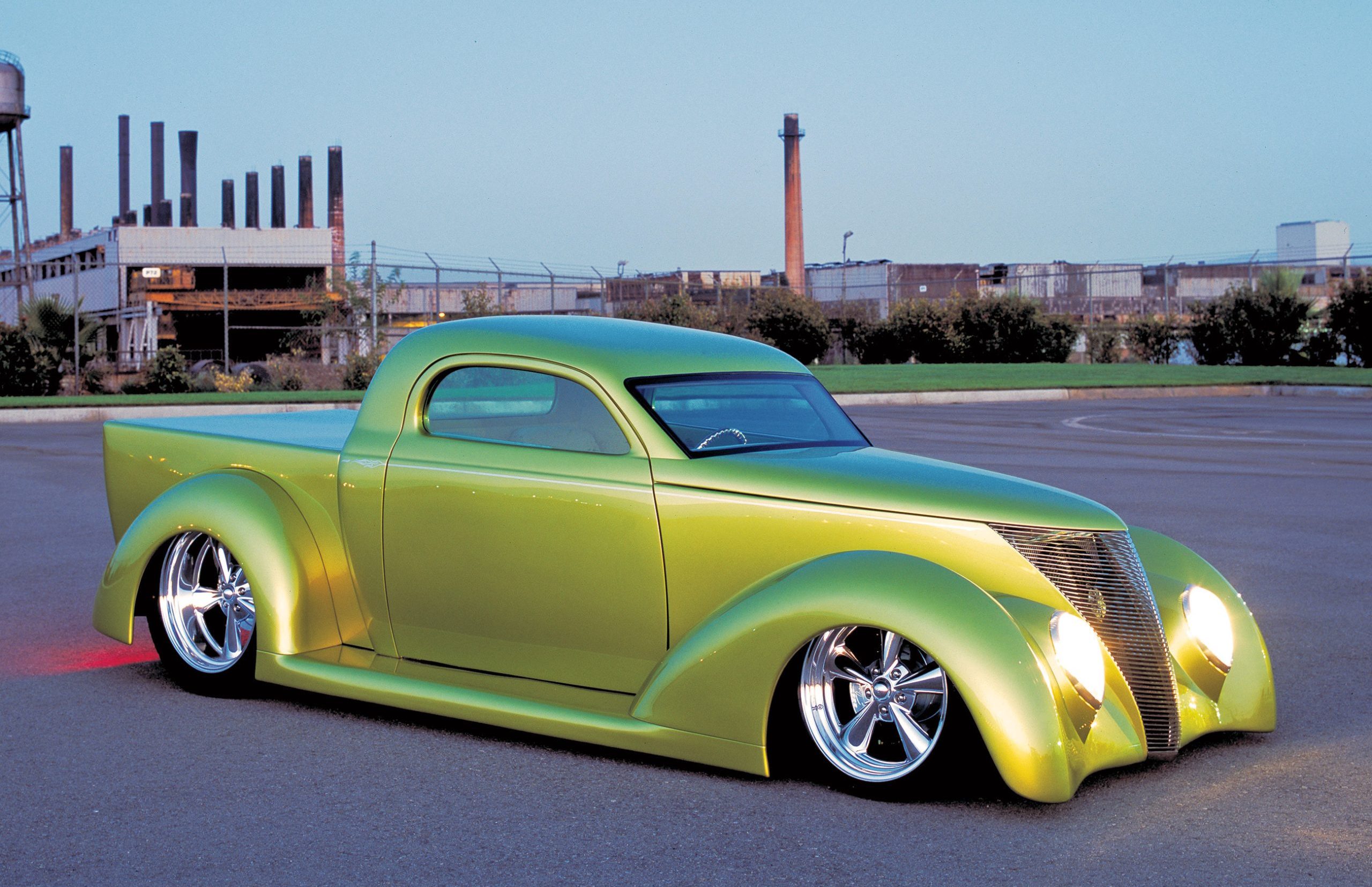
As the saying goes, “some guys have all the luck.” Out in the great state of New York, there is more going on than the Manhattan madness that most folks envision. There’s a distinct geographical separation between the urban density of Manhattan and the more rural confines of the area known as upstate New York. Most of us think of New York the city, where all the cars seem to be yellow, but in other parts of the state, driving is not a form of gladiatorial combat and there are more than a few hot rods around.








